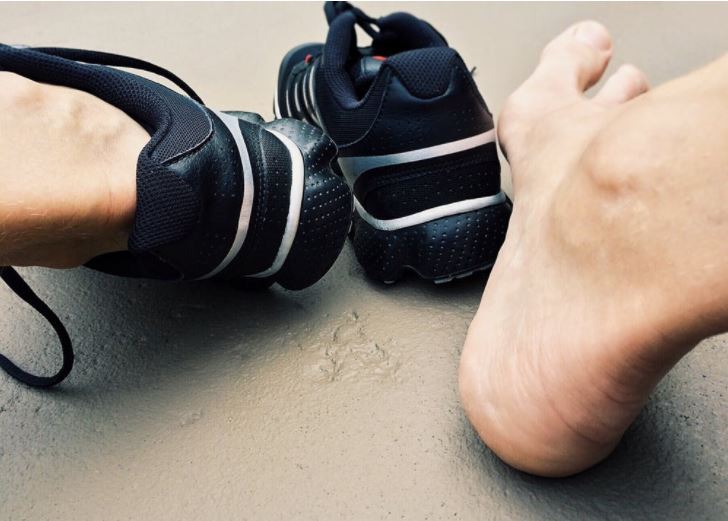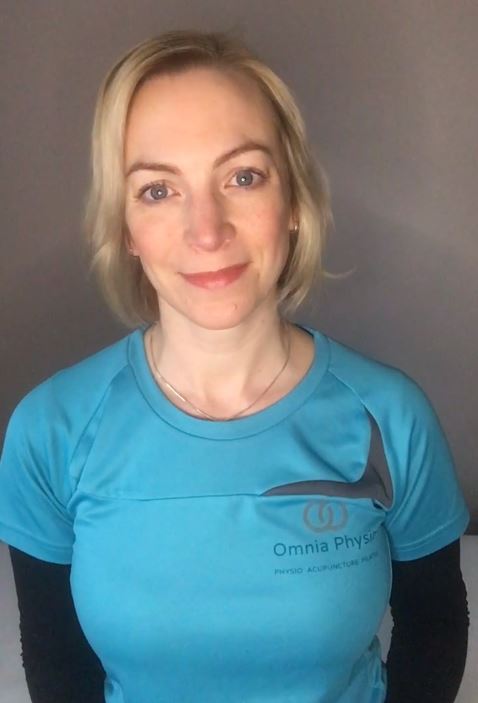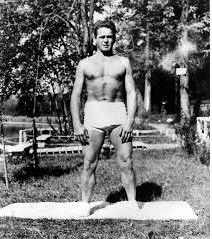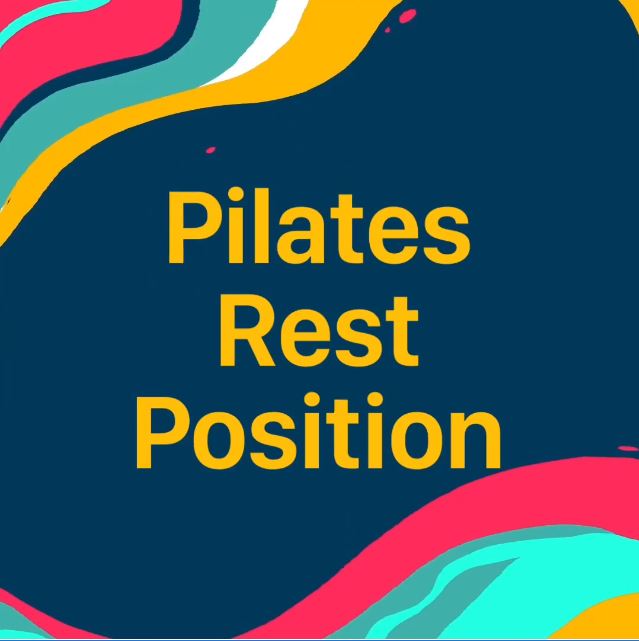Achilles Tendinitis Treatment: How can I cure my achilles tendon pain?
by Laura Oxley
Here is Part 2 of my Achilles Tendinitis blog.
To recap Part 1, we now know that we don’t want to treat our Achilles tendinitis, or tendinopathy as it is now called, like any other soft tissue injury, and that we need to strike a balance between load and recovery to maintain tendon health. What else can we do to boost our chances of our achilles tendon healing and being able to resume our favourite activities?
Read on to discover what works and what doesn’t work when it comes to achilles tendon rehab. Hopefully you can put this information together with what you learnt in part 1 so that you really understand what causes achilles tendon damage and what you can do do help your torn achilles tendon recover!
How to avoid achilles tendon problems
First things first – prevention is better than cure! We know that certain factors influence the development of Achilles tendon problems such as:
- increasing age
- high blood pressure and increased cholesterol
- diabetes
- being male – men are more prone to it that women I’m afraid!
However, there are also plenty of factors which we can easily control to help avoid developing Achilles tendon pain, including:
- maintaining a healthy weight
- choosing the right footwear
- keeping ankles and calves flexible
- ensuring the calf muscles stay strong
- adhering to structured training programmes so that the tendons do not become overloaded. Such programmes, like Couch to 5K for new runners https://www.nhs.uk/live-well/exercise/couch-to-5k-week-by-week/ are easily found online and give great advice as to how to progress your training safely. A rule of thumb is never to increase training volume by more than 10% per week.
How to treat your own achilles tendon pain
You might be wondering if your injured achilles tendon can heal on it own. The good news is that it can if your achilles pain is a new problem. If your ankle pain started after trying a new activity like running, wearing new footwear or recently changing to a more active job, the tendon may recover well with simple measures. Try reducing the amount of exercise you are doing for a short while, and doing some gently ankle movements to encourage circulation. When the achilles pain has settled, you will need to resume your previous activities slowly and build up gradually to avoid injuring the tendon again.
Don’t rest on your laurels though, you need to look at your lifestyle and training schedule so that you can identify why your achilles tendon became sore in the first place and iron out any problems that might cause the pain to recur…such as having weak calves and overloading the tendon with excessive training and inadequate recovery time!
Left unmanaged, the early reaction to overload can progress, so that over time the structure of the achilles tendon changes, or degenerates, making it more difficult to recover and more vulnerable to re-injury.
What exercises can you do to help your achilles tendon heal?
Most people think we need to stretch the Achilles tendon to help it heal and want to find out how the best exercises to stretch it. However, evidence shows us that the best rehab for a painful or damaged Achilles tendon is to strengthen the calf muscles, but not too much or too little. To function correctly, the Achilles tendon needs strong calf muscles to hold it at the right tension and weakness of these muscles is thought to be a key contributor to the development of the tendinopathy.
You can tell if your calves are weak by having a go at doing as many calf raises as possible on one leg. Herbert-Losier et al in 2017 investigated what the average ability is, depending on age and gender (obviously there will be variation, but it gives an idea!):
Age Male Female
20-29 37 30
30-39 32 27
40-49 28 24
50-59 23 21
60-69 19 19
70-79 14 16
How well do your calves do, or should I say, what is your calf age??
How to strengthen your calf muscles and stretch your Achilles tendon
Calf raises performed on the floor or on the edge of a step are a critical exercise to include in your own rehab plan. Preferably try to a set with the knee straight and another set with the knee kept slightly bent the whole time as this allows you to strengthen both calf muscles effectively. Gradually increasing the load going through the tendon aids muscle growth and recovery – add a weighted backpack or increase the resistance on the calf raise machine at the gym.
Doing this exercise on a step will also help to stretch the Achilles tendon and calf muscles as well as strengthen them. But this should only be done if the injury is affecting the middle of the tendon and not at the bottom where it attaches to the heel bone (this is called “insertional Achilles tendinopathy”). If you are not sure which type of Achilles tendinopathy you have, please seek an assessment with an injury rehabilitation expert, like the physiotherapists at Omnia Physio.
To be effective, you should initially repeat one set to fatigue a few times per day. But as you start to increase or resume your usual activities you may need to reduce to 3 times per week to avoid overloading the tendon.
What other treatments are used to help Achilles tendinopathy?
Research has shown that soft tissue massage and joint mobilisations can improve Achilles tendinopathy. Evidence supporting the use of orthotics, heel lifts, taping and injections to improve Achilles tendon pain is conflicting, so these may or may not help your recovery. Your physiotherapist will advise you whether these may be useful to your particular problem.
In very persistent cases, where strengthening exercise and physiotherapy have not helped sufficiently, patients can be referred for Extracorporeal Shockwave Therapy to treat the Achilles tendon pain. This involves passing mechanical shockwaves through the tissue to increase blood flow and stimulate the healing process. Around 50-70% of patients gain relief with this treatment, but it is not suitable for everyone, and your physiotherapist can discuss this with you if shockwave is considered potentially beneficial in your individual case.
How long does the Achilles tendon take to heal?
The Achilles tendon can take up to 6 months to recover so don’t expect a quick cure, especially if you’ve had the problem a long time, and bumps in the road to recovery are common. However, the sooner you start to manage it, the better the outcome is likely to be.
A message of reassurance though: many people have an Achilles tendinopathy without any symptoms or restriction on their activities, including those in elite sports. The unaffected parts of the Achilles tendon are more than capable of coping with load, and in fact become stronger to compensate.
If you want more bespoke help with your Achilles tendon injury, why don’t you book yourself in for an expert assessment with Omnia Physio in Rugby. Let us help you get the very best recovery, and most importantly make sure your Achilles tendon pain doesn’t come back!
Call us to discuss your needs or book online using our online booking system.
I really hope you’ve found these blogs interesting and informative! Please like and share so that your friends and family who might benefit can have a read and put this advice into action too!
Check out the sports injuries page on Omnia Physio for even more self-help advice!
Good luck!
Laura








